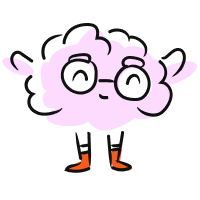

Culturally Responsive Teaching Overview
Coined by Geneva Gay and built off the work of Gloria Ladson-Billings, culturally responsive teaching is a pedagogical approach that focuses on affirming and leveraging students’ individuality to make meaningful connections to their cultures and experiences and improve the learning capacity of students who have been marginalized educationally.
Key Characteristics of Culturally Responsive Teaching
Representation
Power & Participation
Relevance
Cognitive Demand
Academic Language Support for English Language Learners
Culturally Responsive Teaching Mindset in Math
We're just going to keep it real because this probably isn't a surprise to you: culturally responsive teaching is no easy task, and when you take on the added challenge of incorporating it into math instruction, things get even more difficult.
So while there needs to be a sense of urgency, it’s important to be kind to yourself as you craft and refine your teaching practice. It’s also important to look at this as an upfront investment that will not only benefit your students, but also benefit you. When you invest time into designing a curriculum that relates to and captures your students’ interests, you minimize the occurrence of “misbehavior” in your classroom, which is really just behavior in response to a negative experience.
Another important element to consider is how you define math for yourself and your students. The notion that math is a universal, objective language can be misleading. Technically speaking, math is objective; however, the context in which we apply it can be subjective and obscuring.
Rather than thinking about math as a language, think about it as an alphabet - an aggregate of letters, numbers, and symbols that can be strung together to derive new meaning and used to defend, persuade, challenge, and even manipulate accepted truths.
It’s often said that “beauty is in the eye of the beholder.” Similarly, math is in the mind of the beholder. Students mastering their ABC’s in math means students developing a toolkit that empowers them to better understand their world and challenge the status quo.